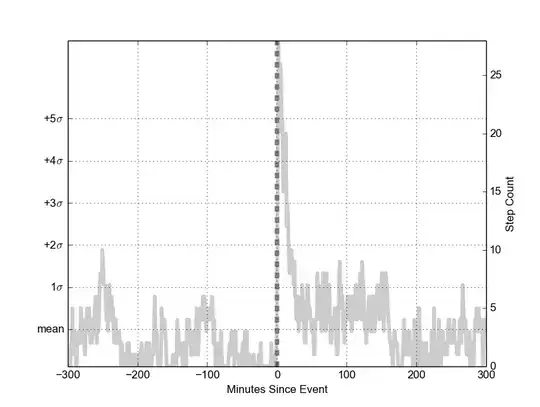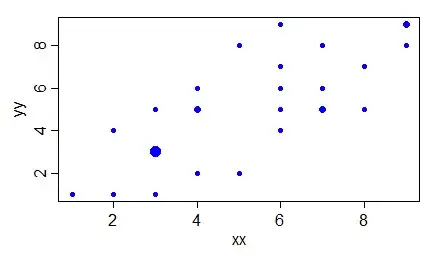I follow the approach to first formulate scientific hypotheses and to convert these into statistical hypotheses (see https://en.wikipedia.org/wiki/Null_hypothesis). One of my scientific hypotheses is:
Usability is rated equally by participants trained with IVR and DVR when assessed after the initial training.
According to the approach, the direction of the scientific hypothesis should be like the one for the alternative hypothesis, while the null hypothesis should be in the opposite direction. However, when forming the null hypothesis for this example, it would state that the values are different. This is not conventional (see e.g. https://www.mun.ca/biology/scarr/Bio2250_Hypothesis_testing.html) and I wonder whether it is acceptable?
I run following analysis to test it, would this be right or would I need to run a special test when using a null hypothesis of non-equivalence?

